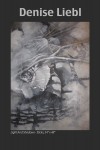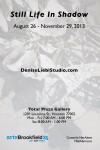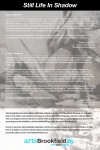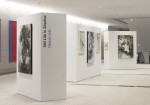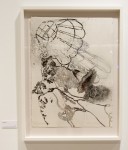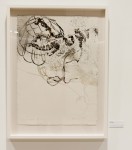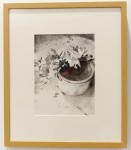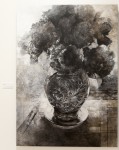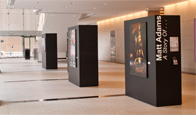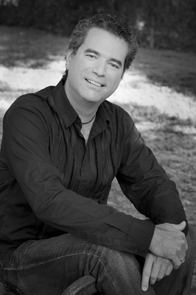Denise Liebl exhibit at Total Plaza Gallery
- At 08/26/2013
- By Matt
- In Exhibits I curated, News
 0
0
I have the pleasure of showing the work of Denise Liebl at Total Plaza Gallery.
Curator’s Statement
Approaching Denise Liebl’s work may likely begin with thinking, “oh, that’s pretty.” While that is not a terrible introduction, it would be a loss to the viewer if left at that. Denise’s work contains two distinct components – still life and abstract expressionism. The result of this combination is the presence of implied narrative in her works.
Still life compositions have attracted artists and patrons for hundreds of years. The artistic interpretation of everyday items can be quite intriguing when an artist has a particularly interesting style such as Willem van Aelst. His work from the 1600’s was hyper-realistic in both texture and color. In the days before photography, this style was highly valued and respected. However, in the 1900’s with photography well established, painters began to express themselves with fast, harsh, erratic but controlled brush strokes. This form of expression through abstract painting contrasted significantly with the realistic paintings done up to that time.
Denise’s work bridges these two artistic endeavors. Another modern concept she uses is collage. Denise is not afraid of placing more than one subject within one artwork. For example, in “Light and Shadows – Sticks” she has placed a grid in the bottom right area which is not part of a standard still life composition. In that way, she is a modernist with classical roots.
Her artistic risks succeed and the viewer benefits greatly.
Artist Statement
A simple still life using small found objects and a fragment of nature, is the beginning of my large watercolors. Currently I am intrigued with a small wire basket, an old wishbone, a delicate paper wasp nest, and crisp white azaleas. Most often the set up represents the juxtaposition of the mass produced element and the fragile temporary structure of nature. The direct light that creates the shadow on the white surface of the table is often the most important part of the work. The distorted image often reveals more about the objects than what the viewer is expecting.
